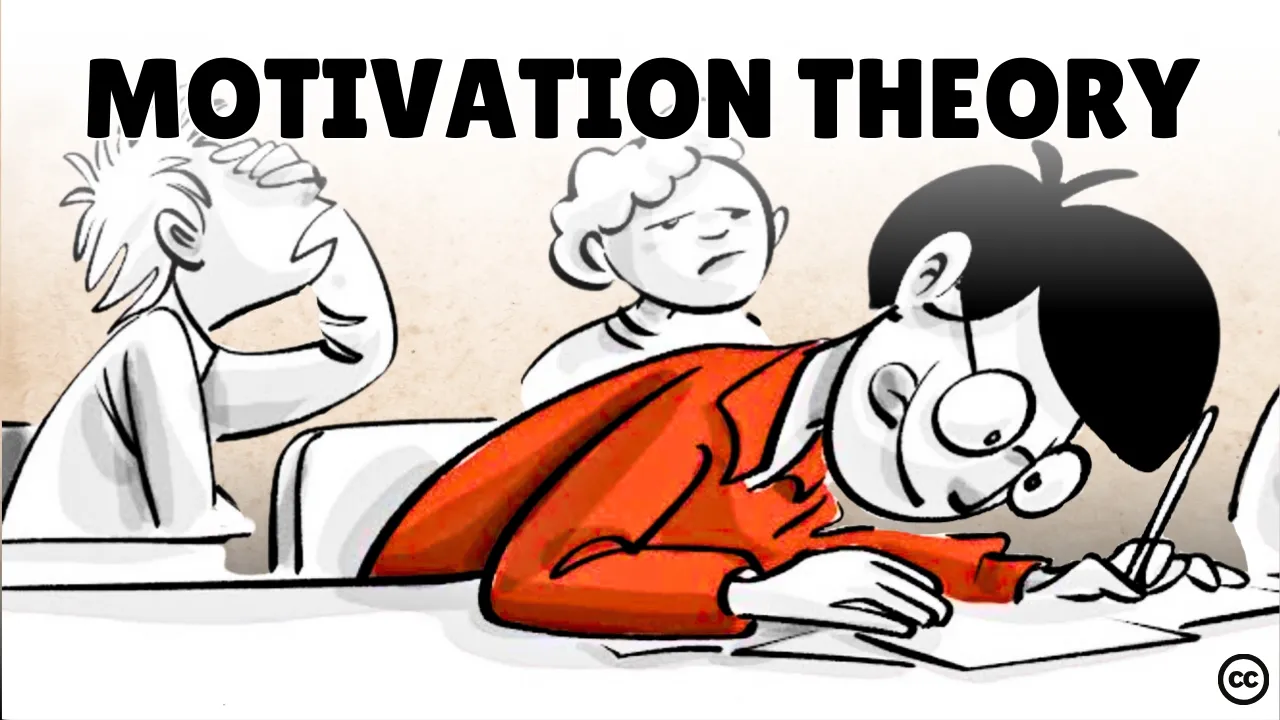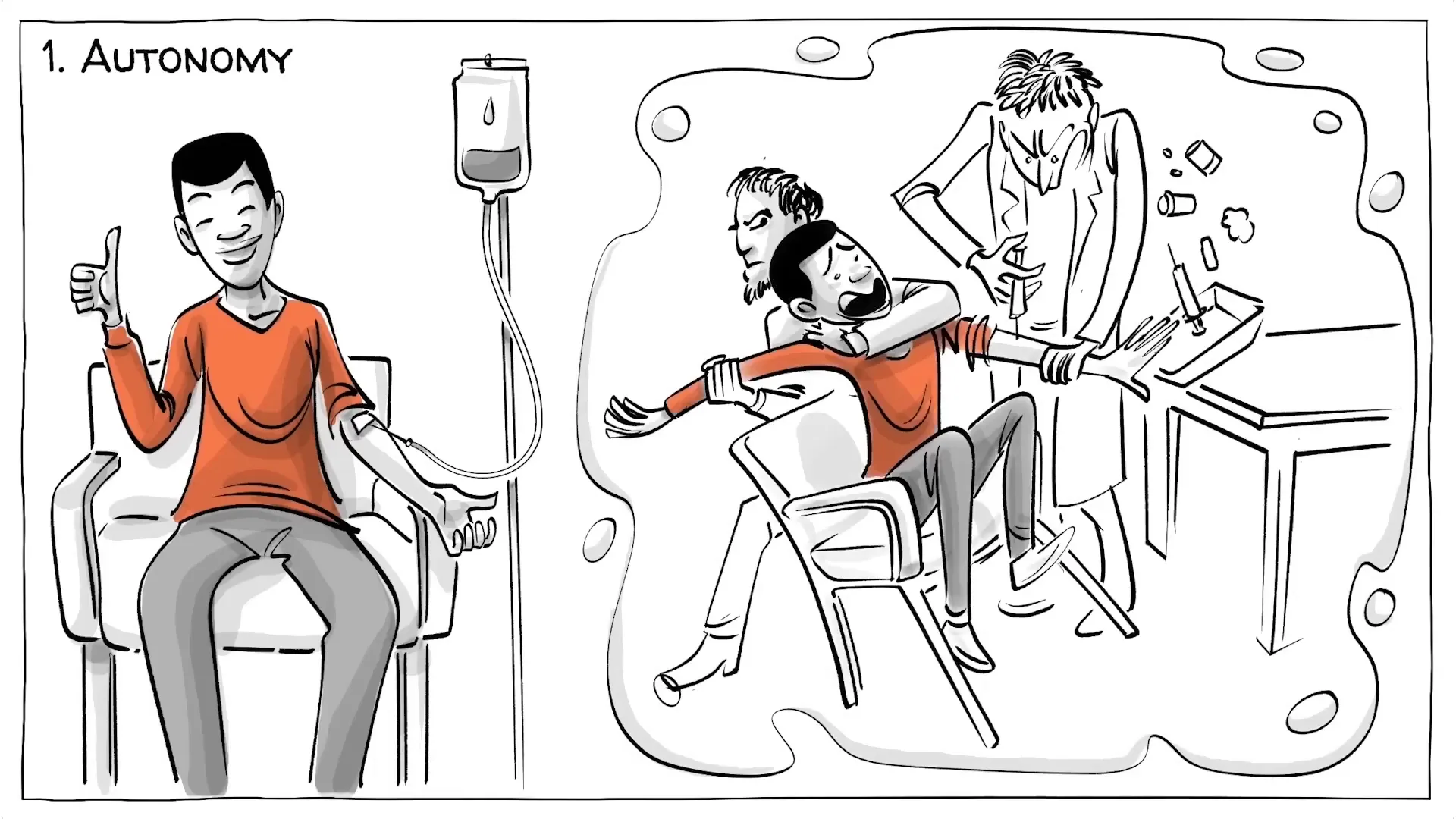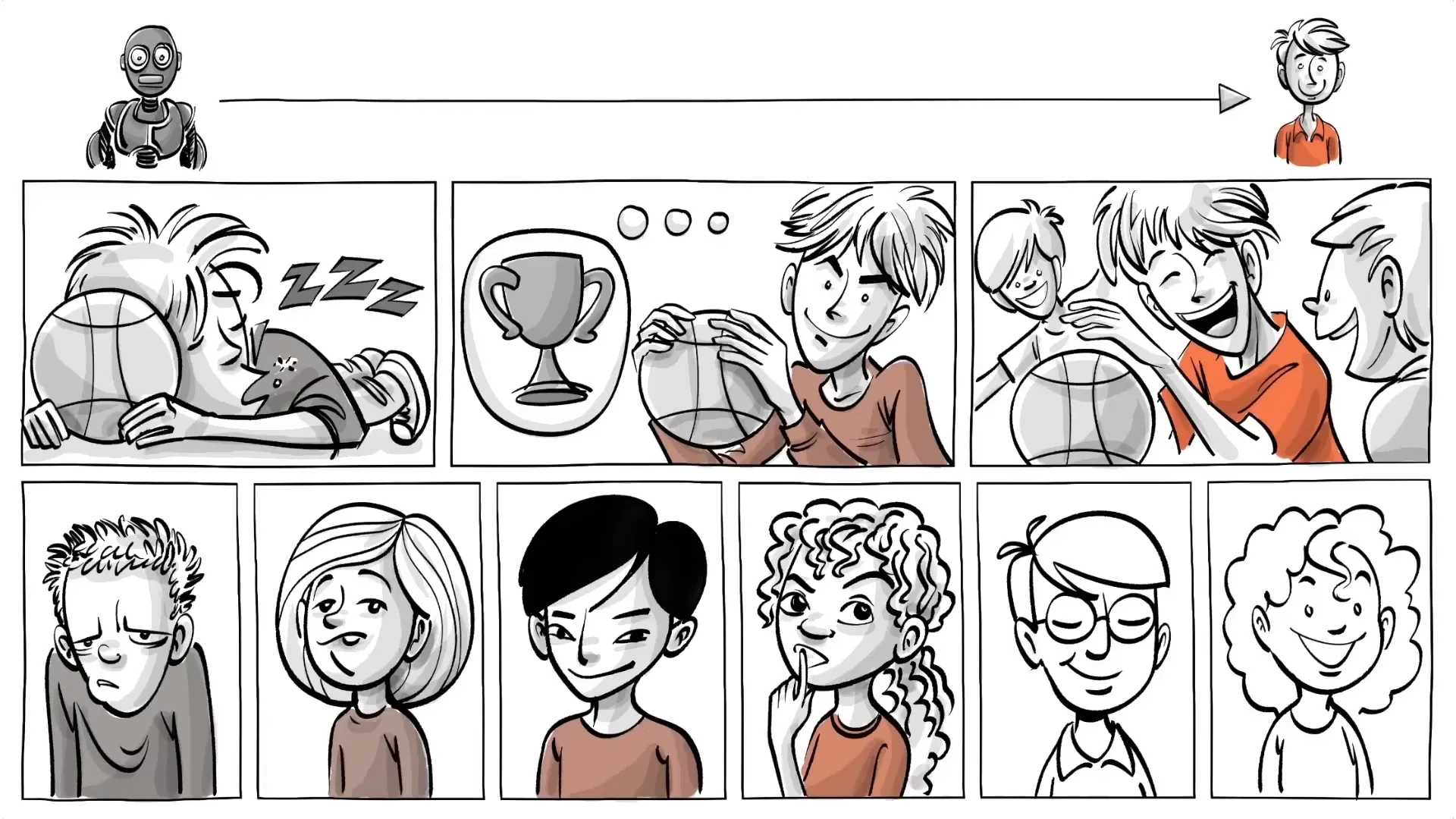Jan 4, 2025
Understanding Self-Determination Theory: The Three Basic Needs That Drive Our Behavior

Introduction
Have you ever wondered why some people are eager to volunteer for tasks, while others may refuse even when offered a reward? Self-determination theory provides insight into our motivations by highlighting three fundamental psychological needs: autonomy, competence, and connection. Understanding these needs can help us better navigate our behaviors and the motivations behind them.
3 Basic needs that drive our behavior
Self-determination theory argues that our actions are driven by three basic needs:
- Autonomy: The need to feel in control of our own choices and actions, rather than being forced into doing something.
- Competence: The desire to feel capable and effective in our tasks, without facing challenges beyond our understanding.
- Connection: The need for belonging and feeling valued, as opposed to feeling isolated or unnecessary.
When these needs are satisfied, we are more likely to experience intrinsic motivation, which is a powerful driver of behavior.

Self-determination spectrum
Motivation can be visualized on a spectrum ranging from non-self-determined to self-determined. On this spectrum, we find:
- Amotivation: A state where individuals feel disconnected from the activity.
- Extrinsic Motivation: This includes various forms of motivation driven by external factors, such as rewards or obligations.
- Intrinsic Motivation: The highest form of motivation, where individuals engage in activities for the joy of it.
To illustrate, consider six students preparing for a major exam:
- Anton: He feels lost and disconnected, leading him to amotivation.
- Mary: She needs external rewards to stay motivated, representing externally regulated extrinsic motivation.
- Taichi: He feels pressure to perform well compared to others, showcasing introjected regulation.
- Abeni: She identifies with the idea of being a good student, indicating regulation through identification.
- John: His learning is driven by a desire for self-improvement, reflecting integrated regulation.
- Lalisa: She studies out of curiosity and enjoyment, representing intrinsic motivation.

How to regain self-determination from burn outs
It's common for life to disrupt our sense of autonomy, competence, and connection, leading to feelings of amotivation. To regain self-determination, consider the following strategies:
- Take a break to recharge.
- Change your environment to inspire new perspectives.
- Connect with others to foster a sense of belonging.

Richard Ryan & Edward Deci
This theory was developed by psychologists Richard Ryan and Edward Deci in the 1970s. Their research has revealed cultural differences in motivation. For instance, American students often strive to outperform peers, while Chinese students may study hard due to feelings of obligation to meet expectations. Deci emphasizes that while external rewards like money can motivate, they may also undermine intrinsic motivation.
What do you think?
Now, let's reflect on the self-determination theory. Do you agree with its principles? How do you perceive the role of extrinsic rewards in your motivation? Understanding your own motivations can provide valuable insights into your behaviors.
Conclusion
Self-determination theory offers a framework for understanding our motivations through the lens of autonomy, competence, and connection. By recognizing and addressing these needs, we can enhance our intrinsic motivation and overall well-being.
This article was created from the video Self-Determination Theory: 3 Basic Needs That Drive Our Behavior with the help of AI. It was reviewed and edited by a human.



